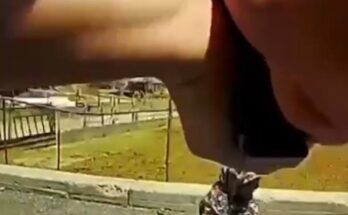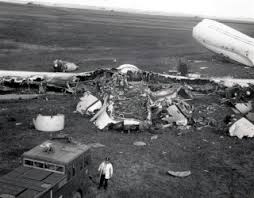
Tragically, the most widely publicized C-5 flight occurred on Apr. 4, 1975, when C-5A Galaxy 68-0218 (S/N 0021) crashed during “Operation Babylift.”
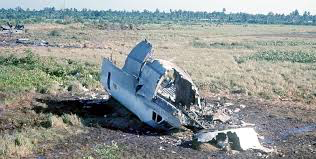
Lockheed C-5A Galaxy 68-0218 lifts off from Tan Son Nhut Air Base, South Vietnam, on Apr. 4, 1975. The plane minutes later crashed off the end of the runway. Officials said the plane crashed one mile off the runway after the pressurization failed. The plane carried 180 passengers and a crew of 12. — Image by © Bettmann/CORBIS via This Day in Aviation
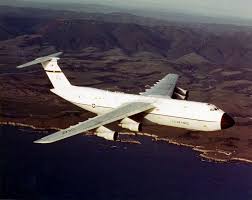
Captain Keith D. Malone, who was in the cockpit on his initial “check ride” in the C-5, described it as a “classic rapid decompression.” He recalled, “Ironically, we had just concluded a conversation about what we would do in case there was a rapid decompression. We decided that we would go into a left descending turn and get down as quickly as possible.” One of the medical technicians on board described the experience in 1989 Military Airlift Command Office of History; Coy F. Cross II, MAC and Operation Bablylift: Air Transport in Support of Noncombatant Evacuation Operations: “You could see it. You could see the hole in the back of the plane. You could see sunlight streaming in. Things started flying around. Eyeglasses. Pens. . . . That went on for a little while until the air stopped.” Then-Lieutenant Regina Aune later stated, “It was while I was getting the medication out of the medication box we had the rapid decompression. I never got back down stairs.” The air rushing from the aircraft “blew off’ the aft pressure door, part of the aft loading ramp and the aft center cargo door. As these parts flew off, one of them severed the pitch trim, elevator, and rudder cables.
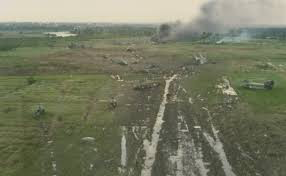
The C-5 touched down at about 269 knots in a marsh two miles short of the end of the runway. The aircraft rolled and skidded along the ground for about 1,000 feet, then became airborne again. It remained airborne for about 2,700 feet, flying across the Saigon River. When it hit the ground the second time, the C-5 began to break-up as it skidded for another 1,200 feet. The airplane broke into four parts: tail section, flight deck, troop compartment, and wing section. During the impacts and skidding, the cargo compartment totally disintegrated, killing most of the medical crew including Capt. Mary Klinker.
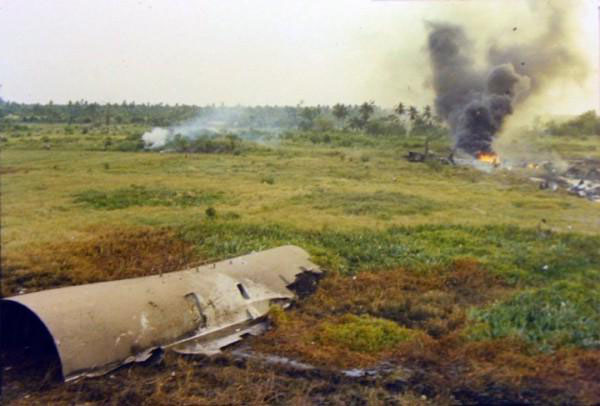
Aune led the surviving members of the medical crew, and despite her own serious injuries repeatedly carried survivors nearby medevac helicopters, continuing until she collapsed. Due to the heroism of the medical team, there were 176 survivors of the crash. For their efforts, the flight crew was awarded the Air Force Cross. Capt. Klinker was the last female service member killed in Vietnam, and was posthumously awarded the Airman’s Medal. For her actions that day, Lt. Aune became the first woman to receive the Cheney award. She retired as a Colonel in 2007.
